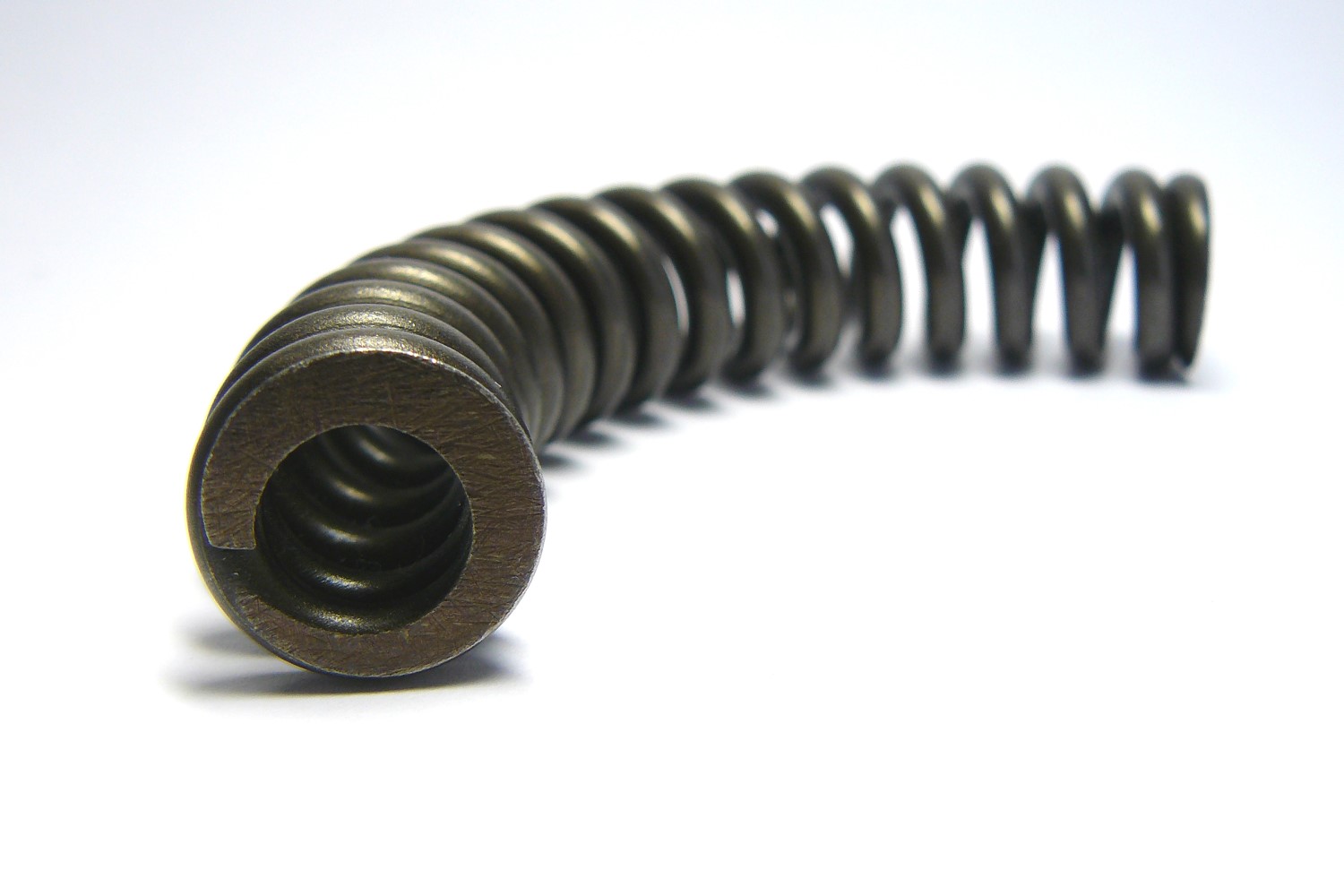
Arc spring are increasingly gaining attention across various industries due to their unique design and performance capabilities. Unlike traditional spring, arc springs offer a more compact and efficient solution for energy storage and vibration control. Let’s dive deeper into their applications, benefits, and why they are irreplaceable in specific fields.
1. Introduction to Arc Springs
Arc springs, also known as curved springs, are designed in a semi-circular or curved shape, distinguishing them from standard coil or compression springs. This curvature allows for better load distribution and energy absorption in a more compact design, making them suitable for high-performance, space-constrained environments. Made from durable materials like high-grade steel or specialized alloys, they are often used in applications where precision, durability, and reliability are paramount.
2. Applications and Roles of Arc Springs
Arc springs have found their way into various critical industries. Their design allows them to function efficiently in environments where compact energy storage or torque transfer is necessary.
Automotive Industry: Arc springs are widely used in gear systems and clutch mechanisms. For example, they help in torque transmission by balancing energy release and absorption during gear shifts. This leads to smoother transitions, reducing wear and tear on the vehicle. In fact, a study published in Automotive Engineering Journal highlights that arc springs improve the efficiency of gear mechanisms by 20% compared to traditional springs(References:1).
Aerospace: Weight and space constraints are significant concerns in the aerospace industry. Arc springs help reduce overall system weight while maintaining the durability and functionality required in harsh environments. They play a critical role in managing vibration control and load-bearing functions in aircraft engines and landing gear.
Robotics and Industrial Automation: In robotics, arc springs offer fine control in energy absorption for repetitive motions. Their consistent performance ensures the longevity of automated systems, making them vital components in high-precision robotic arms and other machinery.
Energy Systems: Arc springs are employed in wind turbines and other renewable energy systems to handle mechanical loads and vibrations. Their unique design ensures reliable performance under fluctuating load conditions, a key requirement in renewable energy applications.
3. Advantages and Unique Features of Arc Springs
Arc springs are not only space-efficient but also deliver exceptional durability and performance compared to their linear counterparts. Below are some of the key advantages that make them irreplaceable in certain scenarios:
Compact Design:
Unlike conventional springs, arc springs require less space while still offering the same load-bearing and energy absorption capacities. This feature is crucial for applications in industries like aerospace, where weight and space savings are a priority.
Superior Vibration Control:
Arc springs provide enhanced vibration damping compared to standard springs. This makes them ideal for use in equipment prone to frequent and intense vibrations, such as engines and turbines. Research from Mechanical Systems and Signal Processing (2022) highlights the improved vibration control offered by arc springs, which helps extend the lifespan of machinery(References:2).
Longevity:
Due to their load distribution properties, arc springs experience less localized stress, reducing the risk of fatigue and failure. They can undergo millions of load cycles without compromising their structural integrity, ensuring long-term reliability.
High Energy Absorption:
Arc springs can absorb and release energy efficiently, making them ideal for use in dynamic systems that experience regular shifts in load and energy demands.
4. Are Arc Springs the Future of Precision Engineering?
Arc springs have proven themselves to be indispensable in high-demand applications across various industries. Their compact design, superior vibration control, and longevity make them an ideal choice for sectors that require high efficiency and reliability. From automotive gear systems to aerospace machinery, their versatility continues to revolutionize modern engineering.
As industries evolve and demand more compact, efficient, and reliable components, the role of arc springs will likely expand even further. But the question remains—will new innovations eventually surpass the arc spring, or has it already cemented its place as the ultimate solution in high-performance engineering?
References:
- Automotive Engineering Journal, “Efficiency Improvements in Gear Mechanisms Using Arc Springs,” Volume 34, Issue 5, 2021.
- Mechanical Systems and Signal Processing, “Enhanced Vibration Control in Machinery through Arc Springs,” Volume 45, Issue 3, 2022.

